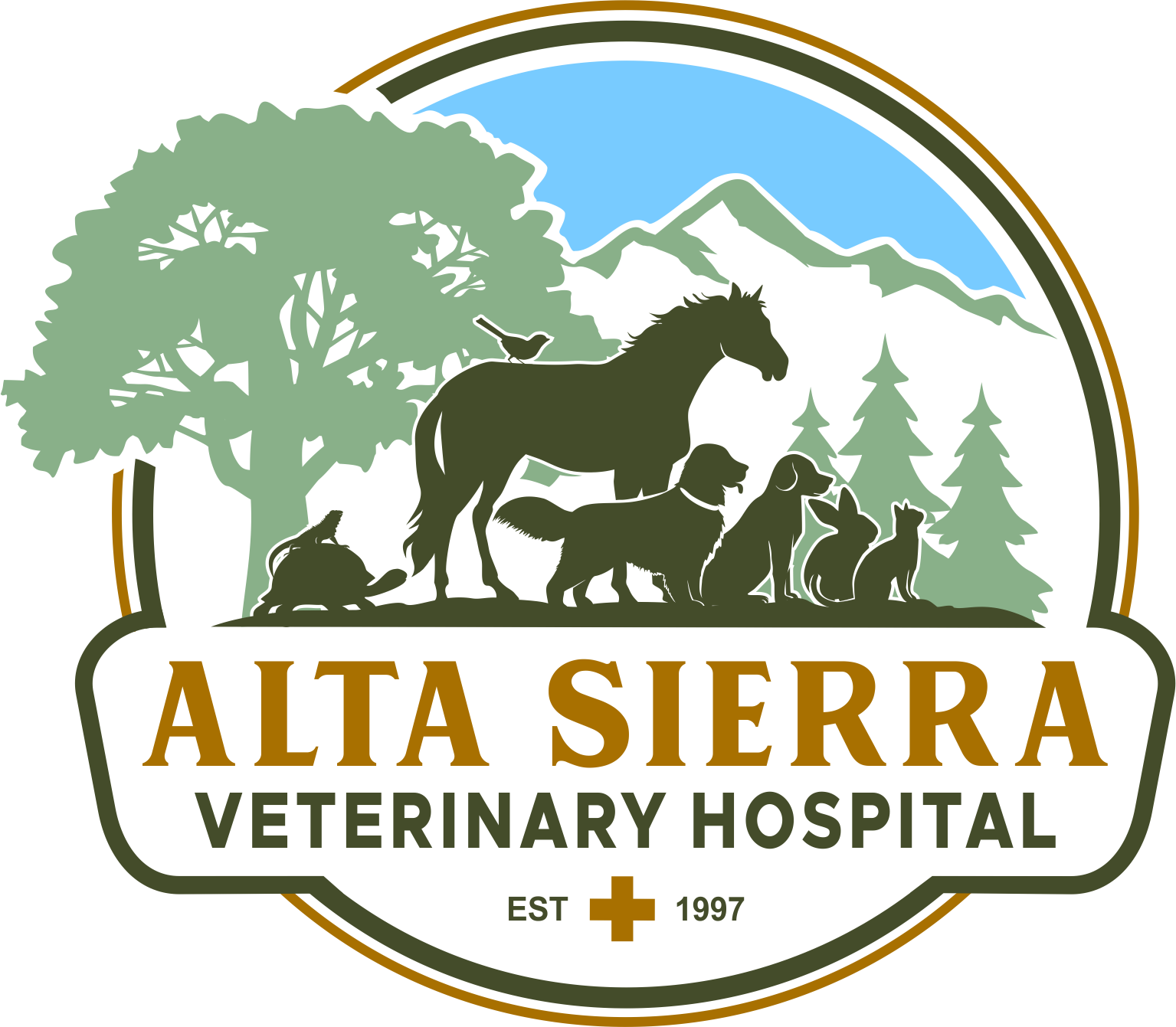Library
-
Penetrating wounds can look minor on the surface but may cause severe injury below the skin. A thorough assessment requires sedation or anesthesia and surgery may be required to address the extent of the injury. This handout outlines first aid steps a pet owner can take while transporting their injured pet to the veterinary hospital.
-
Pulsed electromagnetic field (PEMF) therapy is the use of a generated electromagnetic field to affect changes in tissues of the body. PEMF is believed to have beneficial pain-relieving and healing effects but definitive clinical evidence or a positive benefit is currently lacking. Potential benefits and contraindications are discussed.
-
Radiation is a type of energy produced naturally by the sun, earth, and rocks and artificially by machines. Although several types of tumors can be treated with radiation therapy alone (e.g., nasal tumors, brain tumors, and certain types of lymphoma), radiation therapy is most commonly used to destroy or limit the growth of cancer cells left behind (i.e., microscopic disease) after a tumor has been surgically removed. Side effects depend on the type and location of the tumor and its surrounding tissues.
-
This handout provides a brief overview of the most common evidence-based modalities used in veterinary medicine. Pet owners need to discuss the risk of recommended modalities for their specific pet with a trained and certified rehabilitation therapist before starting a rehabilitation program.
-
Stem cells are unspecialized cells that can renew themselves though cell division. Under certain conditions, they can become a specific tissue or organ cell. Stem cell therapy is the process of placing stem cells from the body into diseased or damaged tissues. This process is often referred to as regenerative medicine.
-
Supplemental fluids can benefit cats with a variety of medical conditions. Your veterinarian can teach you to administer fluids subcutaneously (under the skin). Giving injections is outside the comfort zone for most outside the medical profession but is not nearly as difficult as it sounds.
-
Nutrition plays an essential role in treating and preventing urinary stones (uroliths). Since the diet can affect urine dilution, composition and pH, pet foods can be critical to the success or failure of treatment and prevention. Important factors are covered, such as the importance of water intake, diet composition, relative supersaturation (RSS) testing, and urinary diets.
-
Therapeutic laser is the application of light energy to areas of the body to stimulate healing. This light–tissue interaction is called photobiomodulation. In the past, therapeutic laser was often referred to as low-level or cold laser (as opposed to a surgical or hot laser).
-
Therapeutic ultrasound a treatment method that applies thermal, mechanical, and chemical effects to tissues to improve healing. It can be used to increase the stretch in fibrous tissues (such as tendons), which can help increase range of motion around a joint. Therapeutic ultrasound can also be used to soften and break down scar tissue that is interfering with movement. By deep heating the tissues, therapeutic ultrasound increases blood flow to the inflamed areas, which can help reduce inflammation and swelling. Therapeutic ultrasound can also decrease pain and muscle spasms, as well as speed up wound healing.
-
Total ear canal ablation and bulla osteotomy (TECA-BO) is a surgery performed to remove the ear canal and a portion of the middle ear. This surgery is performed in cases where the pet is suffering from chronic and unresponsive ear infections. The surgical technique, reasons for performing the procedure, the diagnostic steps, and potential post-op complications are outlined in this handout.

